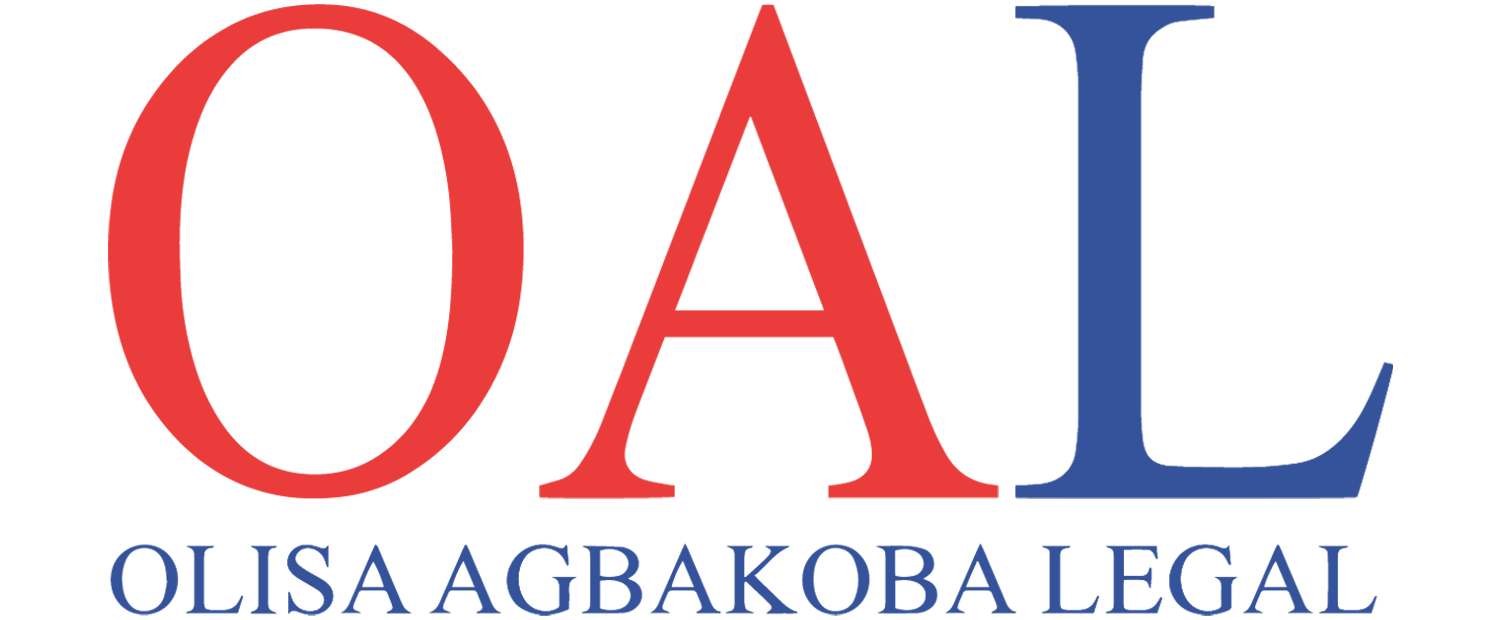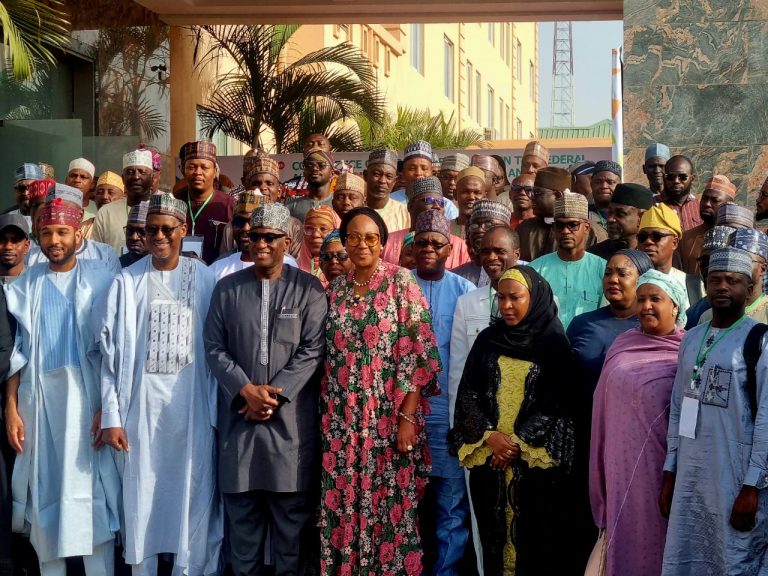
AI’s Legal Frontier: How the Latest Gen AI Breakthroughs are Revolutionizing R&D and Intellectual Property Management

The rapid evolution of artificial intelligence (AI) is transforming industries across the board, with a particularly profound impact on research and development (R&D) and intellectual property (IP) management. The advent of Generative AI (Gen AI) has not only accelerated innovation but also introduced significant legal and ethical challenges concerning the ownership, protection, and enforcement of IP rights. Prominent figures like Elon Musk and the late Stephen Hawking have emphasized the need for increased research and regulation to ensure that AI is developed ethically and responsibly.
In May 2023, the European Union (EU) approved the Artificial Intelligence Act, a significant step towards promoting transparency and user safety in AI development across Europe. The Act categorizes AI applications into three risk levels unacceptable, high-risk, and non-high-risk, encouraging developers to prioritize safety and compliance. Similarly, in April 2023, China’s Cyber Administration released draft measures for the administration of generative AI services, inviting public comments. These proposed measures seek to balance technological advancement with regulatory oversight to prevent societal disruption. A key requirement is for companies developing generative AI technologies to implement safeguards that ensure compliance, not only to align with government policies but also to address the complex IP issues that arise from AI-generated content.
In this article, we will explore how Gen AI is revolutionizing R&D, the challenges it poses to IP management, and the potential legal implications for businesses and innovators.
The Gen AI Revolution in R&D
Generative AI, which includes technologies like OpenAI’s GPT-4, Google’s Gemini, and Facebook’s RoBERTa, has dramatically altered the landscape of R&D. These AI models are capable of performing complex tasks such as natural language processing (NLP), data analysis, and predictive modelling, making them invaluable tools for researchers and developers.
Accelerating Discovery and Innovation:
Gen AI is significantly reducing the time and cost associated with research and innovation. In the pharmaceutical industry, for example, AI models can sift through vast biomedical datasets to identify potential drug candidates and predict their effectiveness, drastically shortening the traditional drug discovery timeline. Companies like Insilico Medicine are using AI to design new drug molecules, potentially shaving years off the development process. Similarly, the German biotech company BioNTech, known for its COVID-19 vaccine, is utilizing AI to accelerate drug discovery and development. By deploying AI models to rapidly identify promising compounds and predict their efficacy, BioNTech is reducing both the time and cost typically associated with traditional drug research.
In Nigeria, fintech companies like Opay and Kuda are leveraging AI to automate customer service and risk assessment processes. This not only reduces operational costs but also enhances the speed and accuracy of service delivery.
Enhancing Creativity and Prototyping:
In fields like engineering and product design, Gen AI is being used to generate new concepts and simulate prototypes. For example, automotive companies are using AI to create virtual prototypes of vehicle parts, enabling rapid iteration and testing without the need for physical models. In Germany, BMW is utilizing Gen AI to design and simulate vehicle components, including optimized chassis and aerodynamic parts. These AI models allow engineers to explore numerous design variations and test their performance in virtual simulations, significantly reducing the need for physical prototypes. Similarly, Nike is leveraging AI to create and test innovative footwear designs. AI-driven simulations evaluate material performance and ergonomics, accelerating the development of prototypes and reducing the time to market for new products. This not only speeds up the innovation cycle but also enables the creation of more advanced and efficient products.
Data-Driven Decision Making:
AI’s ability to analyze massive datasets and detect patterns is revolutionizing how companies approach R&D. AI tools can identify emerging trends, predict market needs, and even suggest new areas of research, enabling companies to make more informed, data-driven decisions. For example, the UK’s DeepMind, a subsidiary of Google, is using AI to analyze medical datasets to detect early signs of diseases like diabetic retinopathy and age-related macular degeneration. Their AI models can process thousands of retinal scans in minutes, allowing for faster and more accurate diagnoses. Similarly, General Electric (GE) is leveraging AI to analyze data from its machinery in real time to predict maintenance needs and optimize operations. This predictive maintenance approach helps prevent equipment failures, reduces downtime, and improves efficiency, ultimately saving costs and enhancing productivity.
Also read: An Assessment of the Benefits and Drawbacks of the National Digital Economy Bill
Impact on Intellectual Property Management
As Gen AI continues to advance, it is creating unprecedented opportunities for innovation but also raising complex questions about intellectual property rights. Traditional IP frameworks, designed for human-created works, are struggling to keep pace with the capabilities of AI.
Ownership of AI-Generated Works:
One of the most significant challenges is determining who owns the rights to works created by AI. If an AI system generates a new drug formula or a unique design, is the creator the person who built the AI, the entity that trained it, or perhaps the AI itself? Current laws do not clearly address these scenarios, leading to uncertainty and potential disputes over ownership and rights.
Patentability of AI-Generated Inventions:
The question of whether AI-generated inventions are eligible for patents is another contentious issue. Patent offices around the world have started to see applications for inventions created with little to no human intervention. This raises the question: should inventions generated by AI qualify for patents, and if so, who should be credited as the inventor?
IP Infringement and Liability:
The use of AI in creative processes also introduces new risks of IP infringement. For instance, if an AI model trained on copyrighted materials generates content that is similar to an existing work, it may lead to legal disputes over copyright infringement. Determining liability in such cases whether it falls on the AI’s developers, users, or the AI itself remains a grey area in current IP law.
Real-World Legal Challenges and Cases
Several high-profile cases have already highlighted the legal complexities surrounding AI and IP. For example:
- Thaler v. Commissioner of Patents: In this case, Dr. Stephen Thaler sought to have his AI system, DABUS, recognized as the inventor on patent applications in multiple jurisdictions. While courts in some countries, like Australia, initially ruled in favor of AI inventorship, this decision was later overturned by the Full Court of the Federal Court of Australia in April 2022. Other jurisdictions, such as the United States and the European Union, have consistently held that only a natural person can be named as an inventor under current laws. In the U.S., Title 35 of the Patent Act, Section 100(f): Defines “inventor” as an individual who invents or discovers any new and useful process, machine, manufacture, or composition of matter. Section 102: Discusses novelty and non-obviousness, emphasizing that the inventor must be a natural person. Section 115: Relates to the inventor’s oath or declaration, specifying that it must be signed by a human inventor. The European Patent Convention (EPC) Article 81: States that a European patent application must designate the inventor and that the inventor must be a natural person. The Patent Cooperation Treaty (PCT) Rule 4.17: Requires that the applicant indicates the inventor, who must be a natural person. Similarly, in Nigeria, the Patents and Designs Act (PDA) of 1970 Section 1(1) states that an inventor is a person who creates or develops an invention, and it recognizes the rights of inventors to their inventions.
- Getty Images v. Stability AI: In early 2023, Getty Images filed a lawsuit against Stability AI, alleging that the company’s AI image generation model used millions of copyrighted images without permission to train its algorithms. This case underscores the growing concerns over data usage in AI training and the potential for infringement.
These cases illustrate the urgent need for updated legal frameworks that address the unique challenges posed by AI in the context of IP.
The Future of IP Law in an AI-Driven World
As generative AI continues to evolve, so too must the legal frameworks governing intellectual property. Policymakers, legal experts, and industry leaders are advocating for reforms that can accommodate the unique characteristics of AI-generated works. Potential solutions include:
- Clarifying AI Inventorship: Establishing clear guidelines on whether and how AI systems can be recognized as inventors or creators. This could involve attributing inventions to the AI’s developers or the entities that control the AI.
- Revising Patent Eligibility Criteria: Updating patent laws to reflect the capabilities of AI, ensuring that genuinely novel and non-obvious inventions generated by AI can be protected while preventing abuse of the patent system.
- Creating AI-Specific IP Protections: Developing new forms of IP protection tailored specifically to AI-generated works, which may differ from traditional copyright, patent, and trademark laws.
- Addressing Data and Training Rights: Establishing clear rules regarding the use of copyrighted materials in AI training datasets to prevent infringement and ensure fair compensation for original creators.
- Liability and Accountability: In cases where AI causes harm or makes erroneous decisions, determining liability can be complex. Businesses may face legal challenges related to negligence or product liability if AI systems fail or lead to harmful outcomes.
- Regulatory Compliance: As governments begin to regulate AI technologies, businesses must ensure compliance with emerging laws and standards, including data privacy regulations, ethical guidelines, and industry-specific rules.
- Data Usage and Privacy: AI systems often require large datasets for training. Businesses must be cautious about data privacy and protection laws, ensuring they have the right to use the data on which they train their AI, especially when it involves personal information.
- Employment and Labor Laws: The increasing use of AI in the workplace may lead to job displacement and raise questions about employee rights, workplace safety, and discrimination, necessitating compliance with labor laws.
- Ethical Considerations: Businesses must consider the ethical implications of AI, such as algorithmic bias and potential discrimination, to avoid reputational damage and legal challenges. A notable example of these issues arises with Steven Schwartz of Levidow, Levidow & Oberman, who faces a June 8 sanctions hearing after admitting to using ChatGPT for a brief in a personal injury case against Avianca Airlines. This highlights the complexities of integrating AI into legal practice and the ongoing evolution of IP law in response to technological advancements.
Conclusion
The rise of Generative AI represents both a tremendous opportunity and a formidable challenge for R&D and intellectual property management. As AI becomes increasingly integrated into the innovation process, it is essential to develop legal frameworks that can keep pace with technological advancements. By addressing the complexities of AI-generated content, ownership, and liability, we can ensure that the next wave of innovation is both groundbreaking and legally sound. As we stand on the frontier of this new era, the collaboration between technologists, legal experts, and policymakers will be crucial in shaping a future where AI can flourish responsibly and ethically.
Contributors

Emmanuel Agherario
Senior Associate




